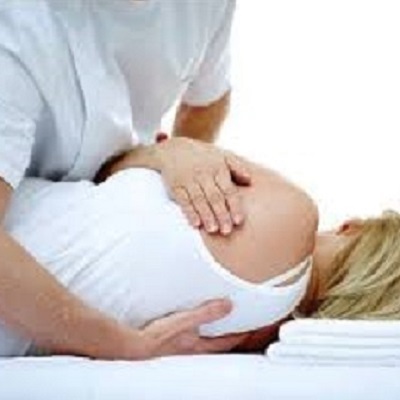What is Osteopathy?
June 11, 2019 in General
by: Clarke Thompson, Osteopathic Manual Therapist
What is Osteopathy?
Osteopathy is starting to pop up more in holistic health care world, yet many people have no idea where it came from and how it works. The most common perception is that it’s “the study of bonesâ€, but in reality it’s “the study of structureâ€. Bones, muscles, blood vessels and fascia all have very different structural designs to carry out their specific roles and it’s an osteopath’s job to understand how they work individually as well as together. Hopefully, after reading this article, people will understand where osteopathy comes from, the thought process behind the practice, and how it can positively impact the health of so many people.
Osteopathy was discovered by an American physician named A.T. Still in 1874. After practicing medicine for many years, A.T. Still felt that medicine only dealt with the patient’s symptoms and failed to address the underlying cause. He turned to his in-depth understanding of human anatomy and saw how removing the structural obstruction allowed the circulation to move freely and change the patient’s health. He relied on the body’s natural ability to produce remedies for healing and relied on the circulatory system as a means for transportation.
Shortly after his discovery, A.T. Still opened up the first osteopathy school in Kirksville, Missouri in 1892 and the practice of osteopathy quickly expanded throughout America. Its success rate with patients brought physicians and anatomists from all around the world and osteopathy quickly expanded into Europe - in particular the UK and France. Eventually, Canada saw the positive impact osteopathy can have on patients and today two schools offer legitimate osteopathic education - the Canadian Academy of Osteopathy (CAO) and Canadian College of Osteopathy (CCO).
Osteopathic education is built on four pillars:
- the body is a unit
- structure and function are interrelated
- the body is able to self-heal and self-regulate
- rational treatment must be applied to the patient.
The body is a unit speaks to the fact that individual parts can not be separated from the whole. A perfect example is how a patient will compensate their walking cycle for an injured limb, in this case an injured knee, by relying on other parts to change their mechanical function, such as the ankle, pelvis and eventually the entire spinal column.
Next, the relationship between structure and function speaks to the design of the human body. The relationship between structure and function can be looked at many different ways, some including how a joint should move based on the shape of the articulating surfaces or how a muscle will pull the bone based on the orientation of the muscle fibers.
Osteopathy fits into the holistic mentality because of its belief in the body’s innate ability to self-heal and self-regulate. The body was designed to fend off sickness and respond to stimulus change so long as it’s in a healthy state. It’s the practitioner’s responsibility to find this health and stimulate these mechanisms of self-healing and self-regulating by using the least intrusive way possible.
It’s also the osteopath’s responsibility to apply rational treatment based on the patient’s need. It is their responsibility to understand all the health variables of the patient and adjust the patient’s anatomy as they deem safe and having a positive and lasting effect. One of A.T. Still’s famous quote that still applies to osteopathy is, “find it, fix it, leave it aloneâ€.
There are many variables that determine the type of osteopathic treatment applied to the patient. For example, a patient dealing with acute lower back pain that hobbles into the clinic is treated much differently than a chronic lower back issue. An acute treatment focuses on “relaxing†the nerve’s impulse to the spasming muscles prior to addressing the skeletal root cause of the problem - often in this case how the 5th lumbar vertebra is articulating with the sacrum. Conversely, a patient with chronic lower back pain from postural issues, such as sitting at a desk, requires treatment to many different structures effecting this area, such as the fascia, the neuromuscular components and the articulation of bones.
As one can see, dealing with musculoskeletal issues is an osteopath’s bread and butter, but there are also treatments that can help with systemic functioning too. For example, a patient has been dealing with poor digestion and constipation for years. After a few treatments that focused on lifting the ribs that were compressing the liver and changing the fascial pliability that surrounds the small intestines, the patient’s digestion and elimination has become more consistent - a perfect example of the body’s ability to self-heal and self-regulate.
As one may conclude, osteopathy has a logical and effective approach to treatment. Treatment stays true to its core value of “find it, fix it, leave it alone†by addressing the root cause of the ailment. Osteopathy uses a rational thought process to treat the patient’s need with the hope that the body will be able to self-heal and self-regulate. These treatment techniques vary greatly on the patient’s need and the practitioner’s intention and application of treatment. Osteopathy’s non-invasive treatment has helped an enormous number of people and could be the solution to your very own health needs.



